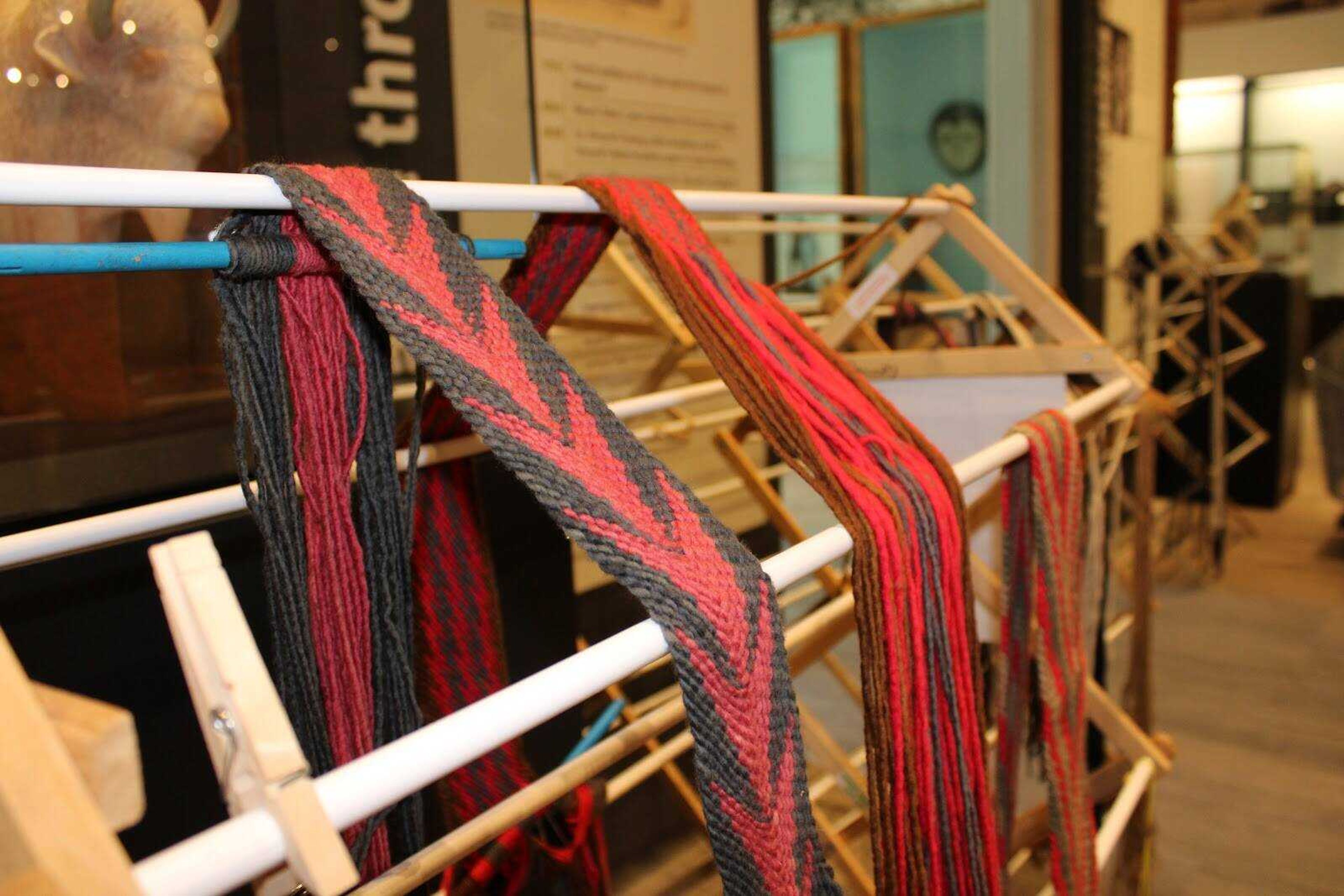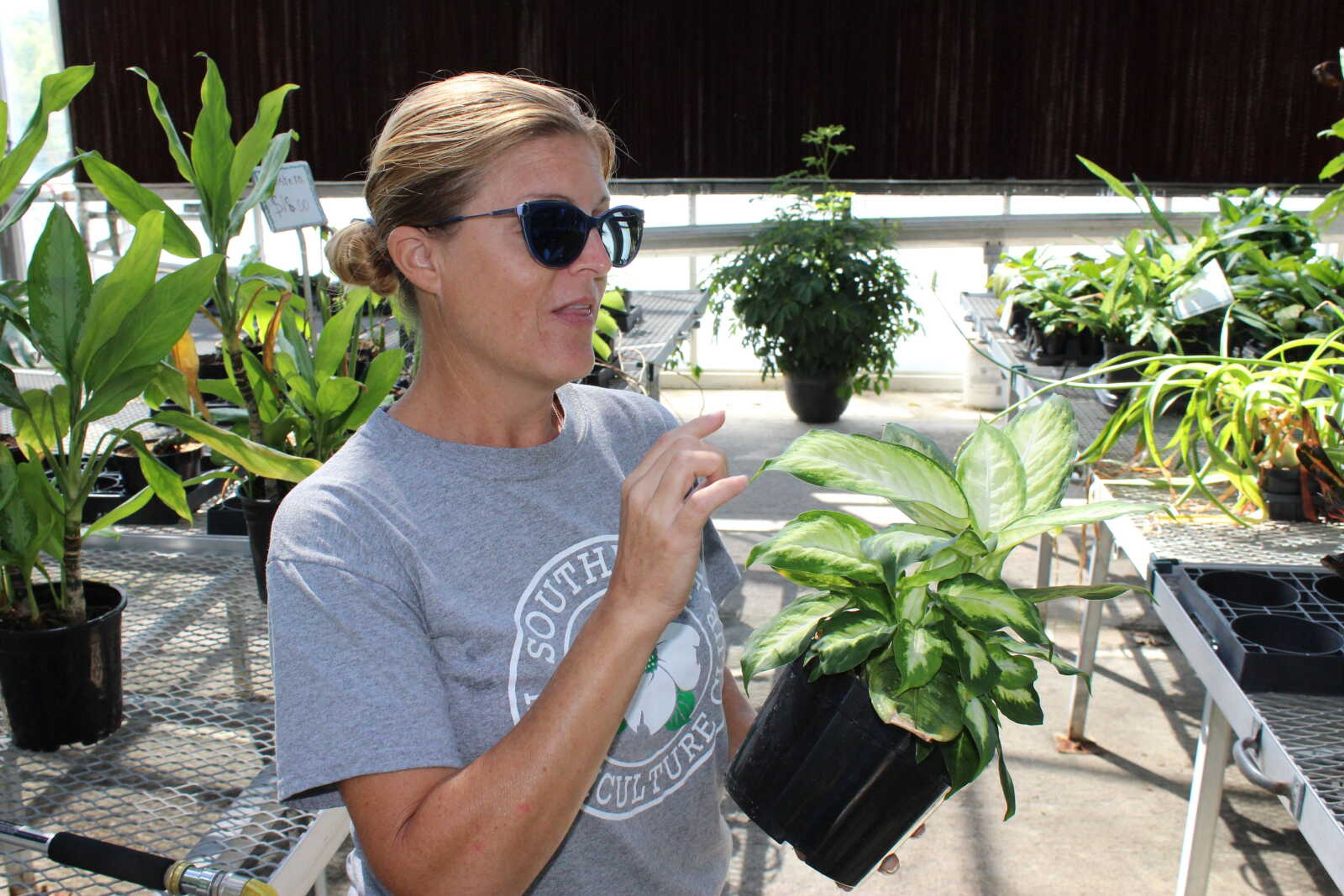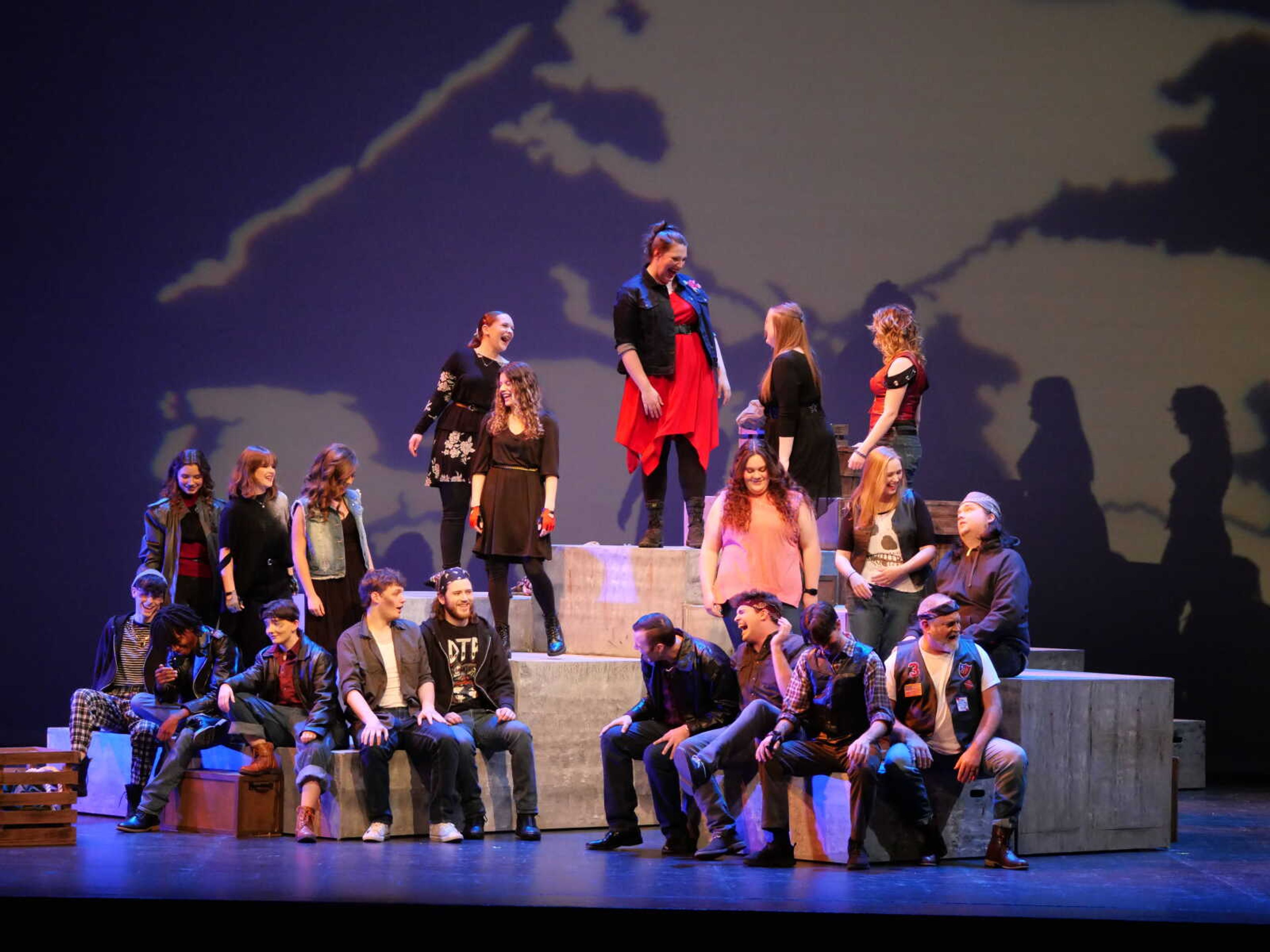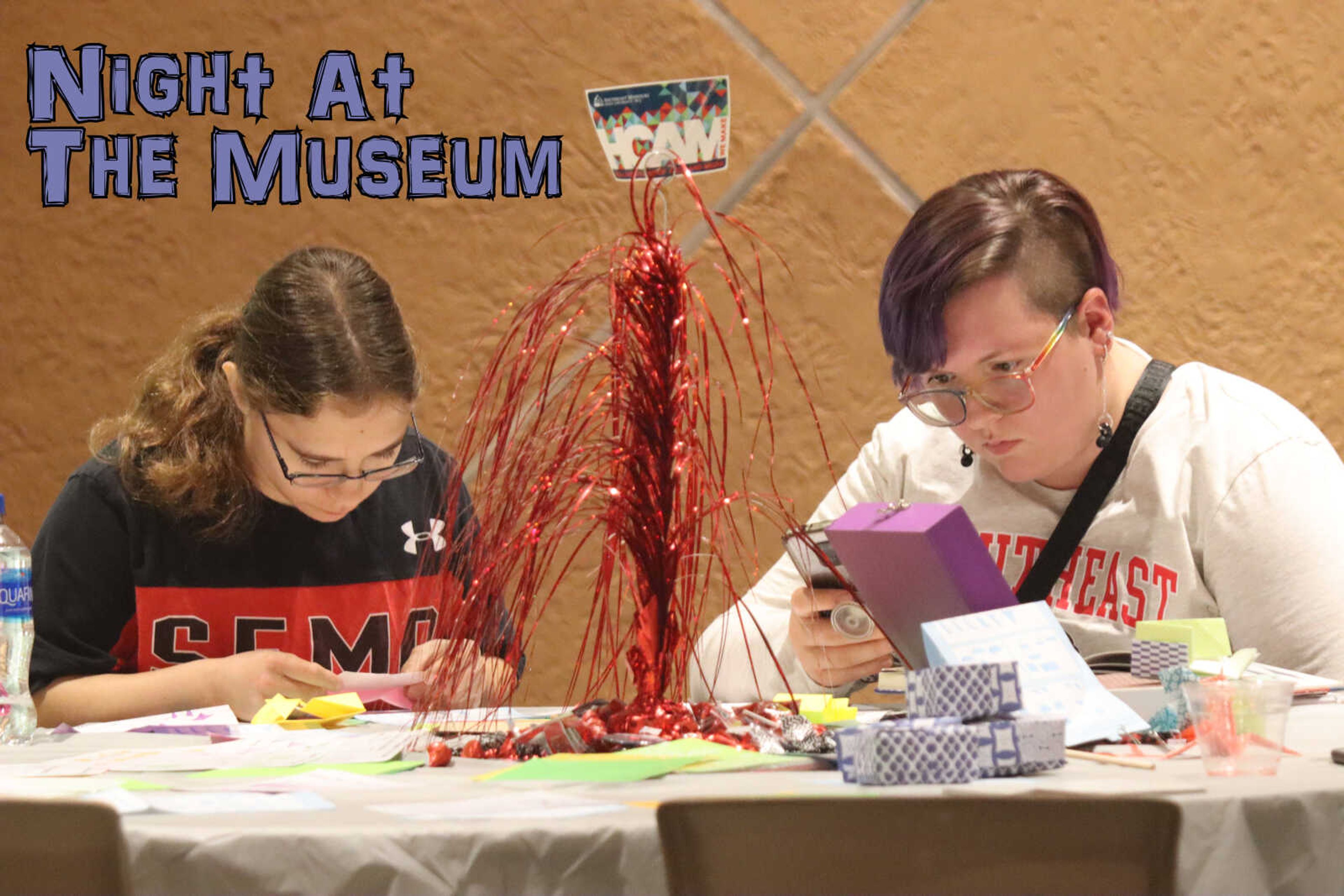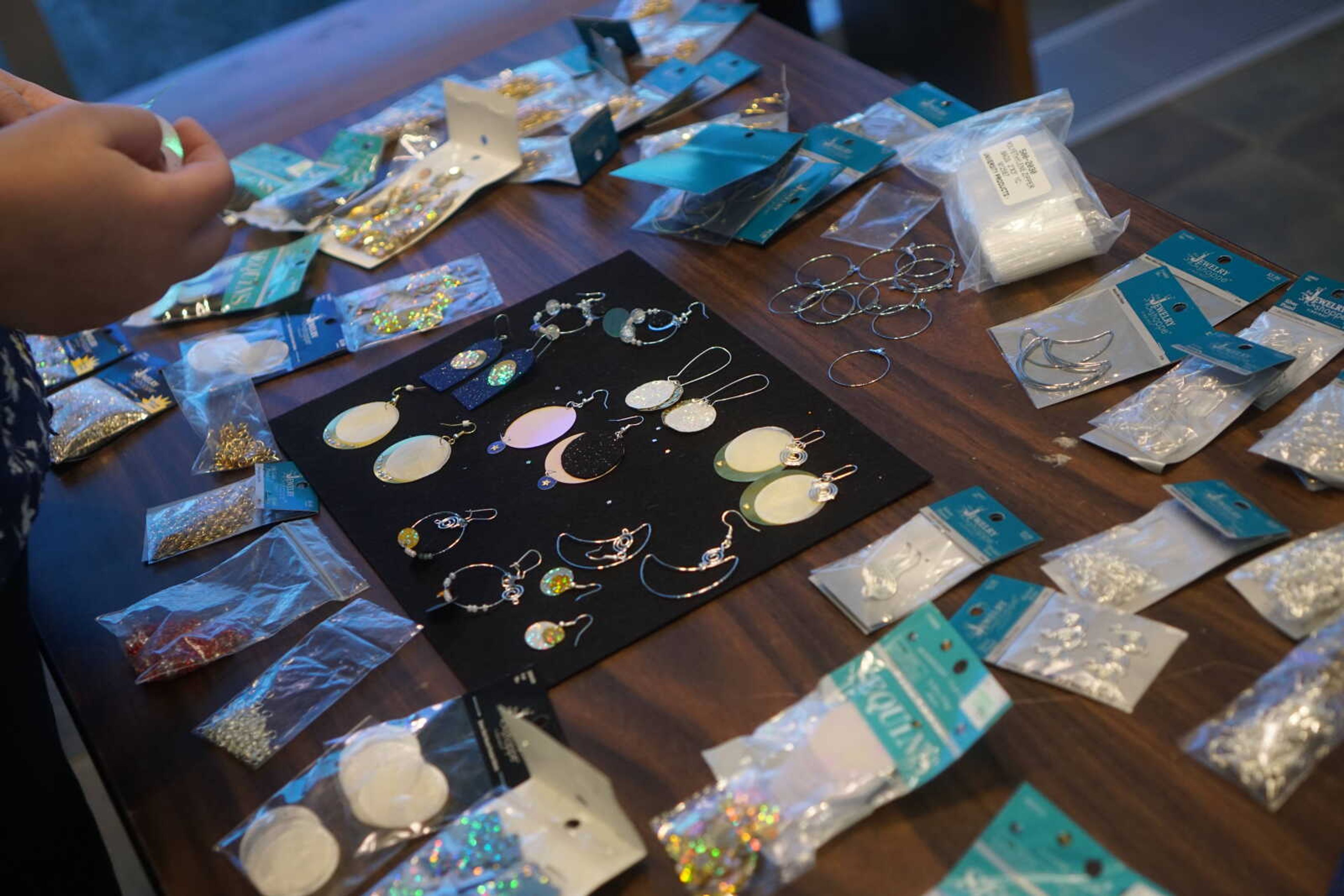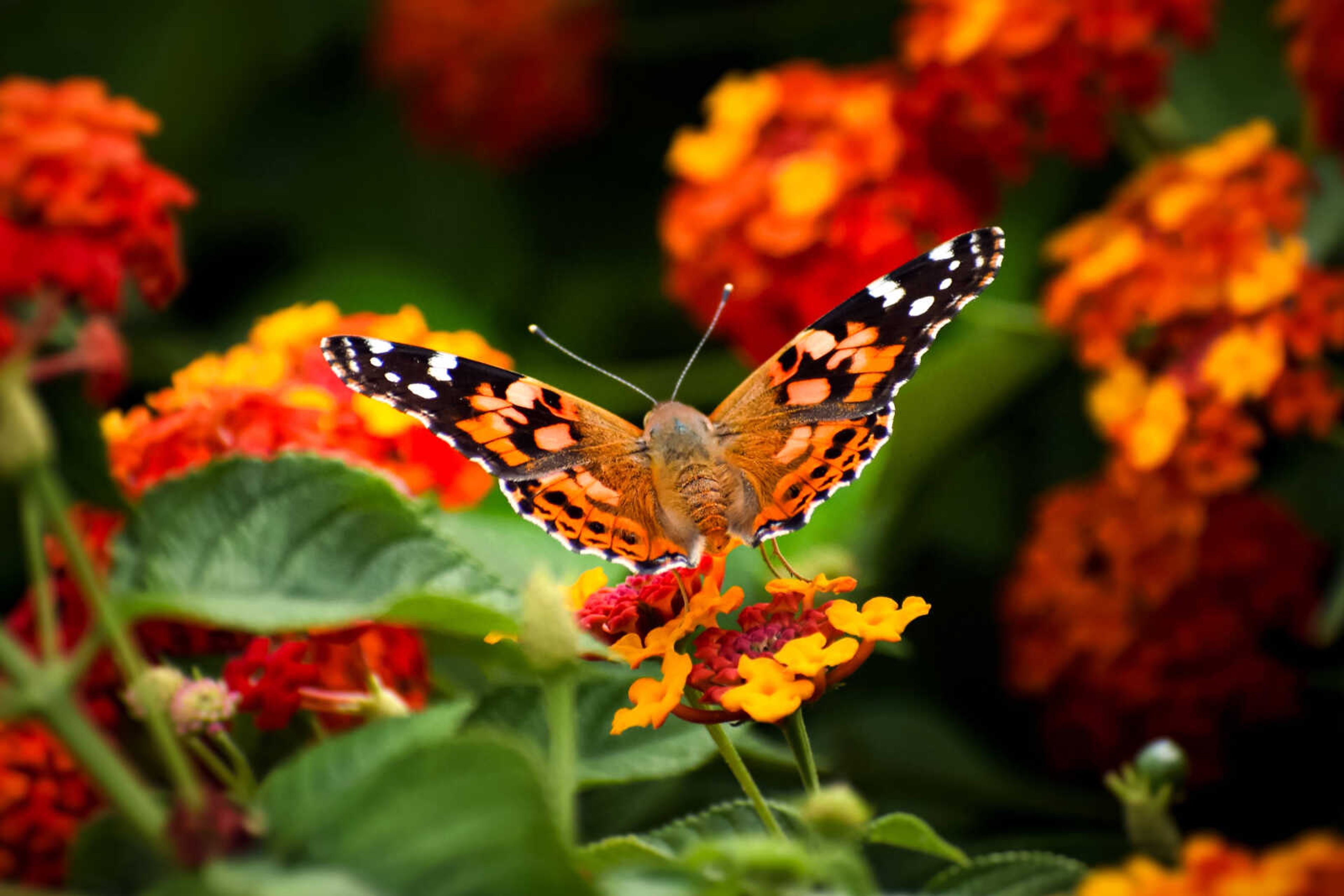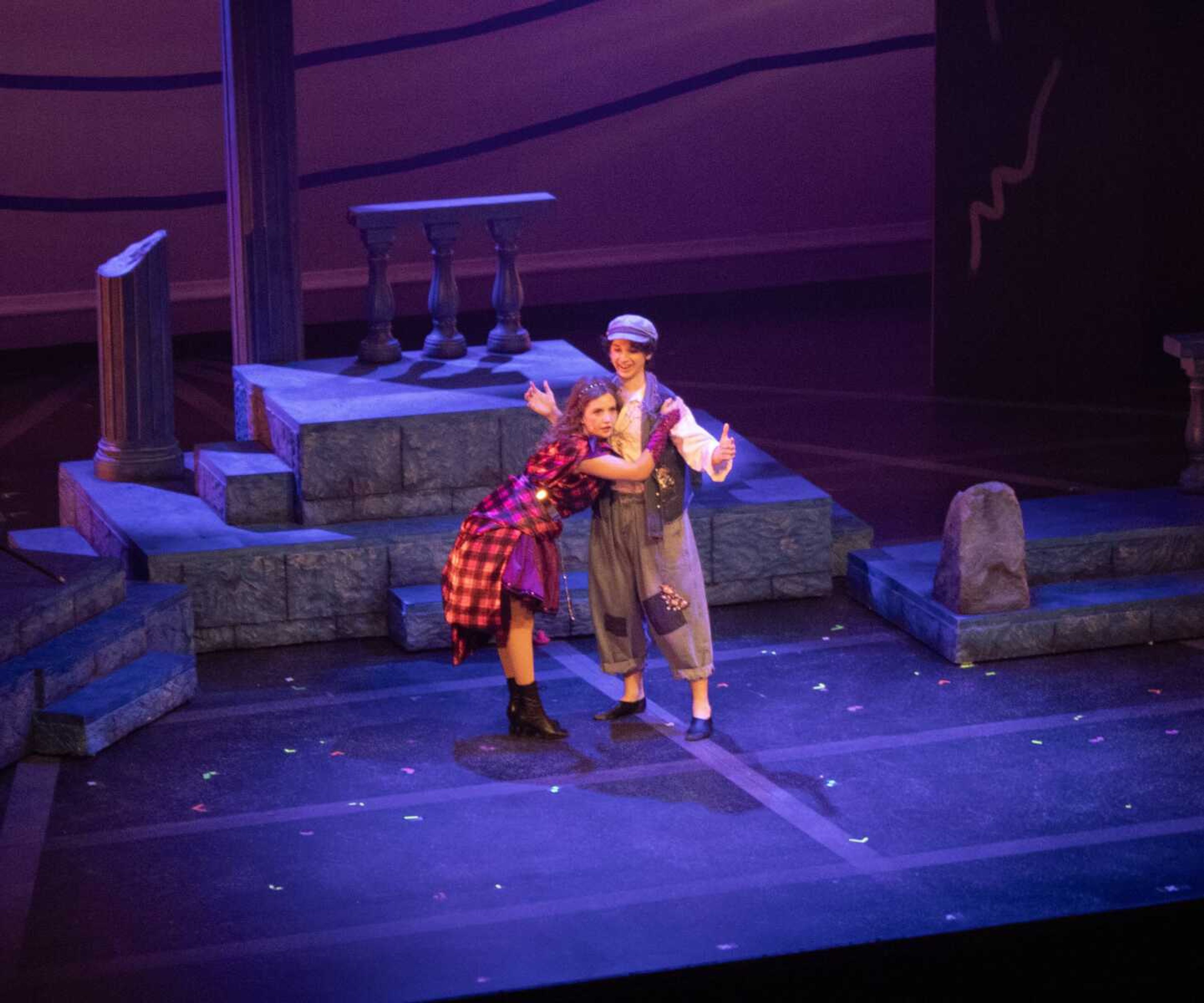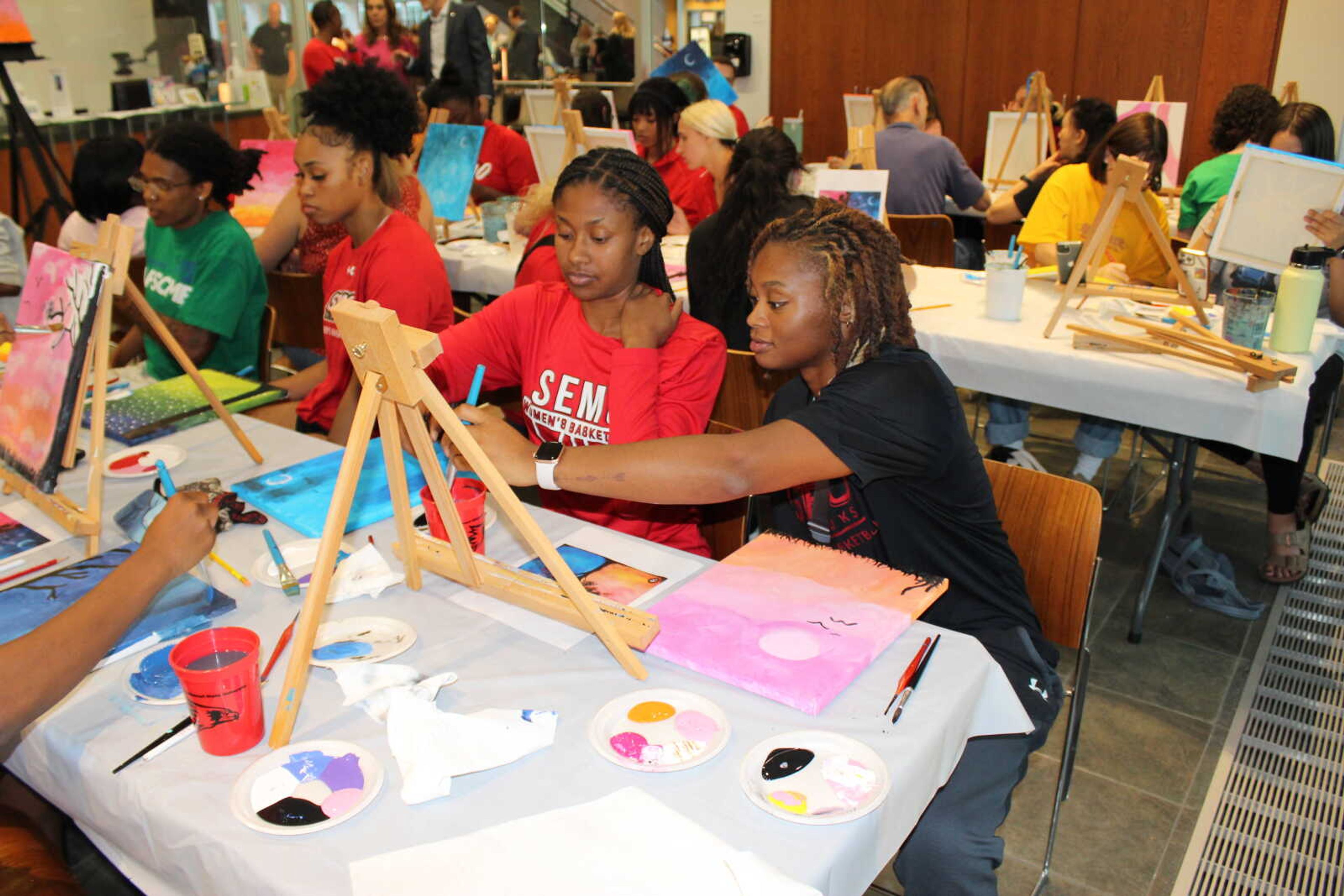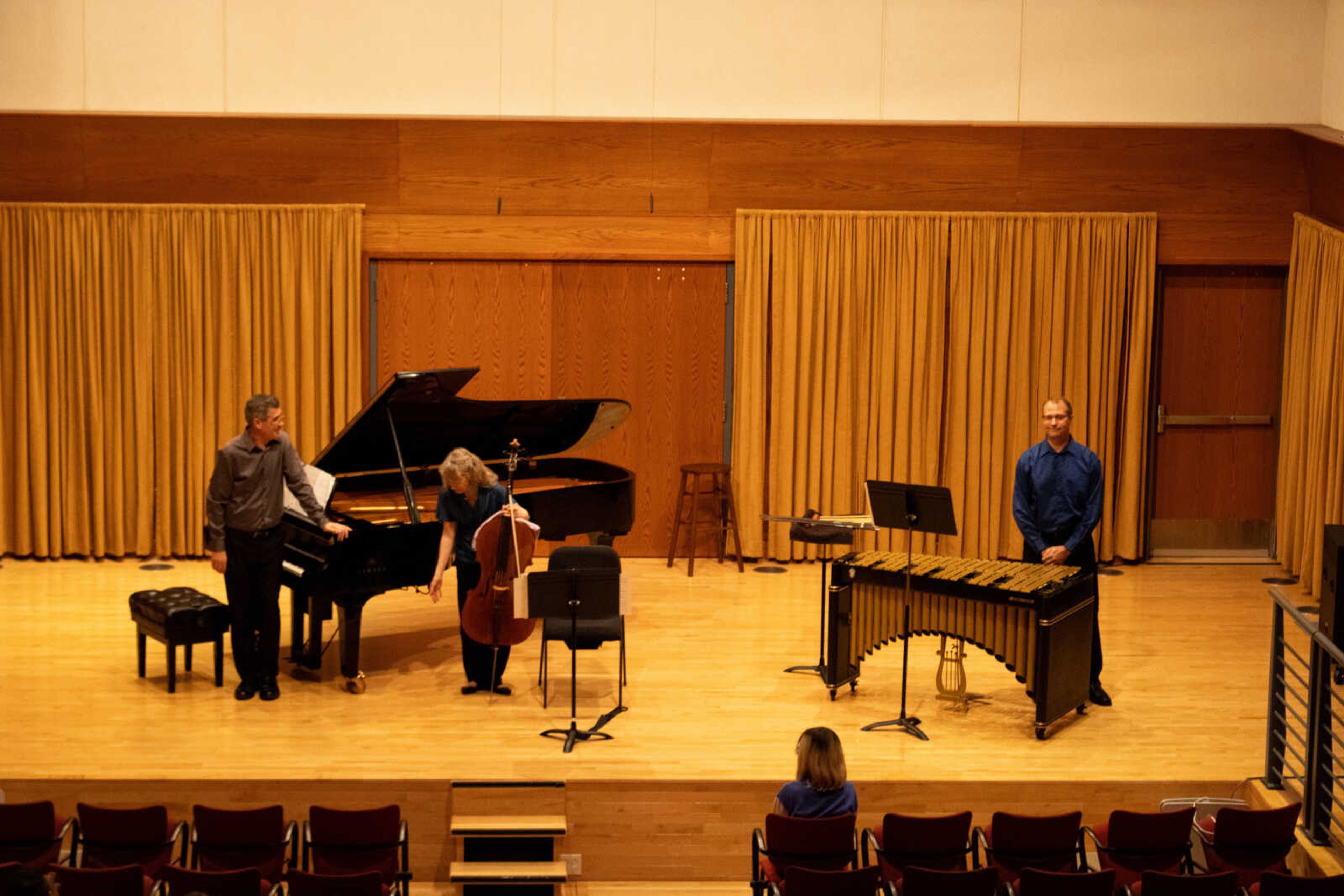In its second year for the display, the Crisp Museum held an interactive Finger Weaving Workshop for the public September 19, 2020. The workshop allowed participants to try something new while also learning about history.
Jim Phillips, museum manager and senior curator, presented his appreciation for the artistic style of finger weaving in its traditional form. Participants at the event were able to create sashes from the woven materials.
Phillips said the inspiration for this workshop grew from the gallery’s variety of artifacts and reproductions in the museum.
“We have reproductions of woven fabrics from the 1790s to early 1800s,” Phillips said. “We took that and turned it into a workshop, where you can make a reproduction or just make a nice scarf and have some fun while you are doing it.”
Though these finger woven fabrics are enjoyable to create, sashes were also a necessity for people many years ago.
“While our clothing is made to fit our bodies, earlier clothing intended to be more ‘one size fits most’ with several layers,” Phillips said. “These sashes and garters would be used to cinch up the extra fabric around the midsection, sleeves or also on your leggings or pants.”
He said his own passion for creating the sash-like pieces began when he was 19 years old. He has made more than 125 pieces on his own.
“I was working at a summer archeological camp, and there were reenactors on-site,” Phillips said. “To occupy the time, we learned various crafts and skills — cordage, bow making, finger weaving and hide tanning.”
There are four common patterns to choose from when creating the finger woven material: lightning bolt, arrowhead, chevron and off-set diagonal.
The materials to create the yarn itself are formed from a variety of materials. Some examples include sheep hair, dog hair, alpaca hair and even plant-based yarns such as stinging nettle, dogbane, milkweed and more, Phillips said. These fibers, he said, can be straightened and then turned into yarn.
The colors used in the woven creations are natural dyes. Some examples include Brazil wood, logwood, sumac and a variety of other mixtures, chemicals and plants, Phillips said. The material itself is single spun wool.
The museum manager said when selecting your own color pattern, it is important to start with contrasting colors, so you can distinctively see the differences in the pattern as you make it.
When creating these woven fabrics, Phillips likes to use earth tone colors and the lightning bolt pattern, but sometimes he asks someone else for ideas, to spark a new color sequence or pattern to create.
Phillips and the Crip Museum provides these living spaces to allow the public to come and participate in creating or learning something new.
At the next workshop, participants will make wands and swords, hosted by the educational outreach specialist through the museum.
For more information about the Crisp Museum or their next events, visit their website.
